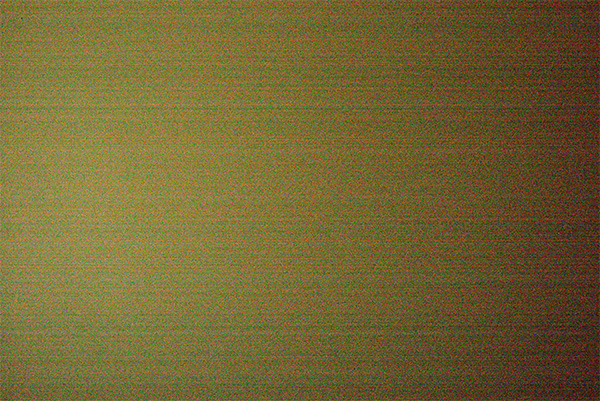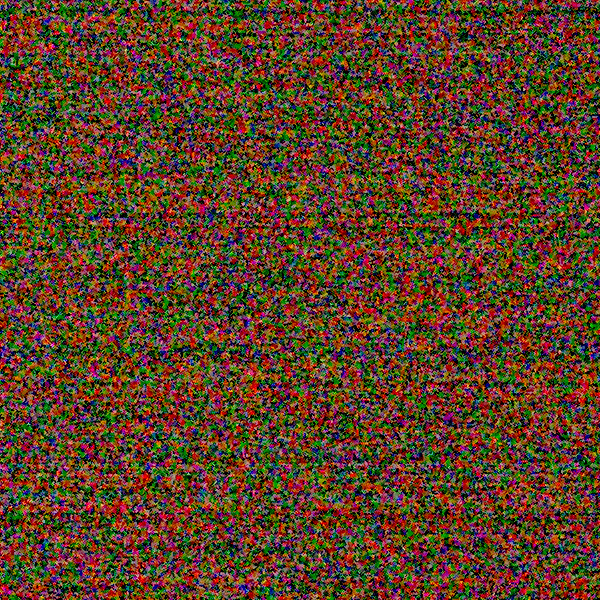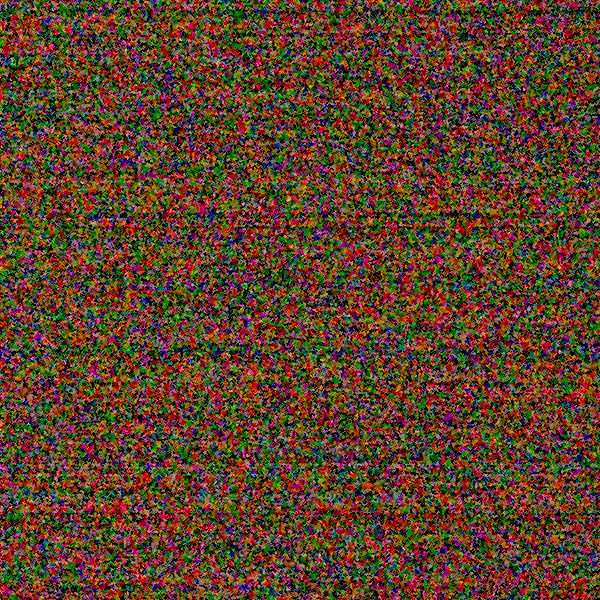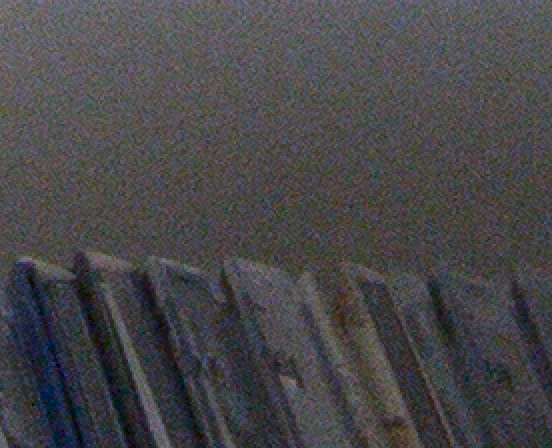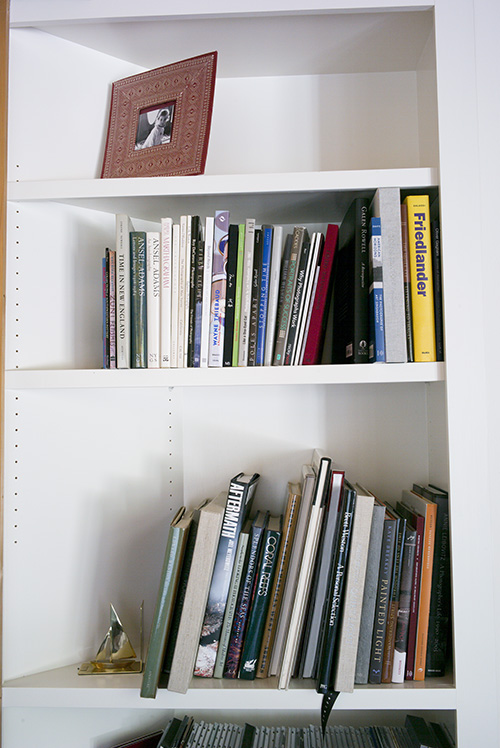I’m beginning to get a handle on what’s going on with the M240 shadow behavior vs camera ISO setting. Here’s a series like that in the preceding post, but one stop more exposure, placing the average of the image values at ISO 3200 about 7 stops below full scale. The light is falling on the… [Read More]
Archives for September 5, 2013
Leica M240 banding, part 2
While I do some more research on the banding, here are some full frame images of the exposures in the preceeding post, sampled down to 400×600 using bicubic sharper. ISO 3200: ISO 1600 + 1 stop: ISO 800 + 2 stops: ISO 400 + 3 stops: ISO 200 + 4 stops:
Leica M240 banding testing
It has been reported elsewhere that the M240 suffers from banding in the shadows at high ISO settings. I decided to check it out. I made a series of exposures of a plain white screen. I defocused to make sure there was no actual image detail. I made the first exposure at ISO 3200, and… [Read More]
Leica M240 push-post images, shadows
Now let’s take a look at a shadow region of the bookcase images. ISO 3200: ISO 1600 with a one-stop push: ISO 800 with a two-stop push: ISO 400 with a three-stop push: ISO 200 with a four-stop push: My conclusions are pretty much the same as with the middle and high tone images, but… [Read More]
Leica M240 post-push images
We’ve seen the results of calculations that indicate that you can get lower noise with your M240 by underexposing at low ISOs and pushing in post than you can by just cranking up the in-camera ISO. Do real-world photographs bear that out? Let’s see. The subject is familiar to readers of this blog: my bookcase…. [Read More]
